Why iOS 11 Forced Me to Upgrade my iPhone
My iPhone 6 Plus was great, until its slow performance on iOS 11 pushed me into the waiting embrace of a newer, faster model.
I wrote the book — or at least the article — on not wanting to upgrade to the iPhone X or 8, so imagine my shame in admitting that I'm doing just that.
I didn't see this coming when Apple announced its new phones in September, but ever since the first day that I used iOS 11 on my iPhone 6 Plus, I had a hunch my phone was running on borrowed time.
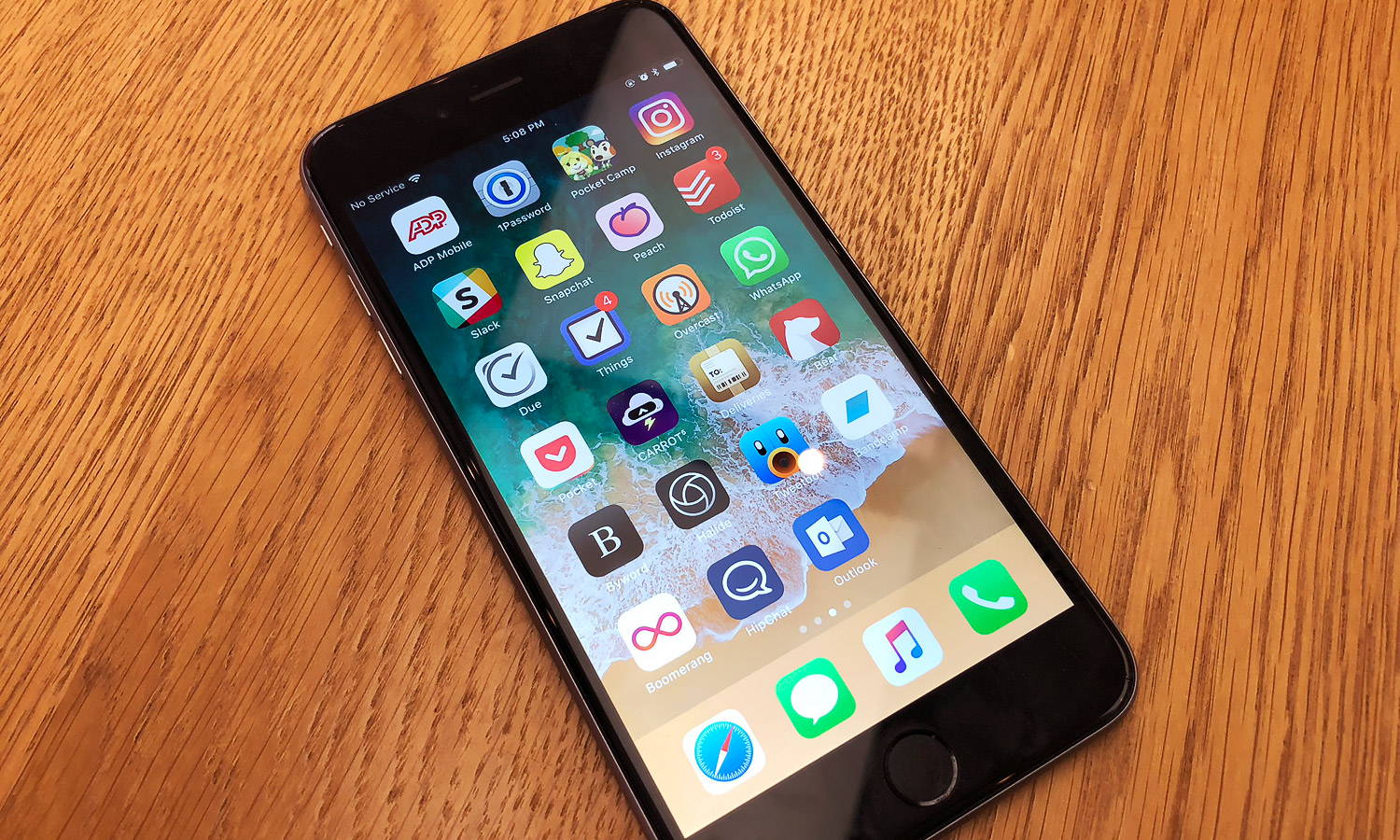
iOS 11 turned my performance far below 11
Immediately, I was besieged by sluggish performance. iOS 11.0.1 was so buggy on my iPhone 6 Plus that it turned a subway ride home into a glitchy hell of apps that couldn't be opened and a home screen that didn't respond to swipes. A subsequent update eliminated those glitches, but an overall sluggishness continued.
The first time I saw that something was truly wrong came two weeks later, when I was trying to capture action shots at a local athletic event. Using the camera, I felt like I had one arm tied behind my back, with snapshots taking more and more time; maybe one out of 20 shots came out looking OK.
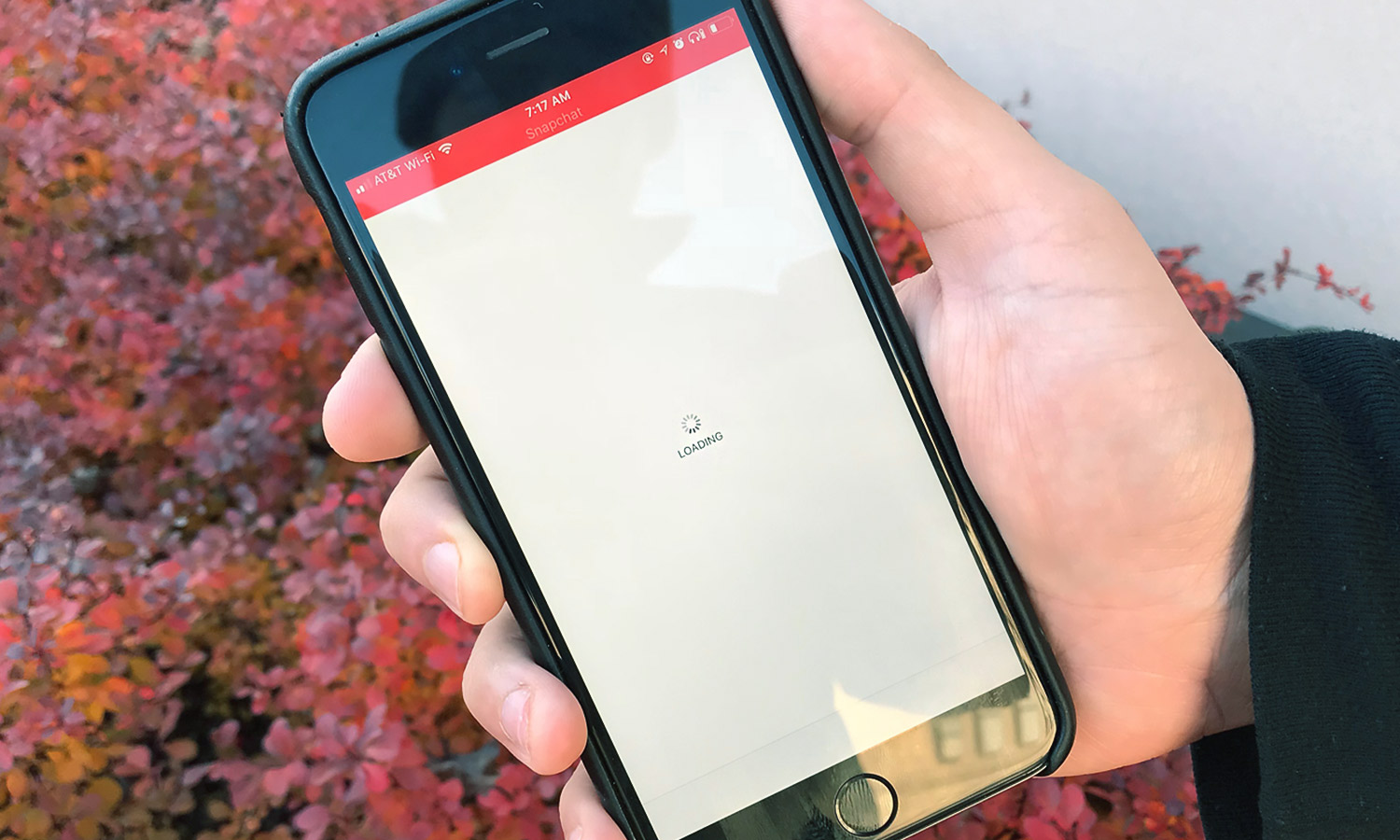
And then, on Thanksgiving weekend, the last straw broke as Slack took 15 seconds to open. Yes, Slack, the lightweight group-messaging app, opened in the time it would take to open Microsoft Word on a five-year-old PC.
The moral of the story appears to be that performance upgrades don't matter until the software that you're using demands more power. While I had a ton of apps installed — arguably too many, with multiple text editors, pod catchers and to-do apps — I still didn't see much of an improvement when I did a factory wipe to my iPhone 6 Plus and installed 20 third-party apps (which is less than a home screen's worth).
MORE: Best Qi Wireless Chargers for Your iPhone 8 or iPhone X
Get instant access to breaking news, the hottest reviews, great deals and helpful tips.
The iPhone 6 Plus stocked 1GB of RAM and an older A8 CPU, both likely causes for the slowdown. Sure, iPhone 6s owners have told me that iOS 11 is fine for them, but that handset stocks twice as much RAM and the A9 CPU, so it certainly has a leg up on my old phone.
I wasn't looking to upgrade to just the 6s, though, not when the iPhone 8 Plus was an option. Sure, it's not the bright and shiny new iPhone X, but I'm not sold yet on the idea of paying even more for the luxury of getting rid of Touch ID, which ain't broke. And as a relative showed me at Thanksgiving, many apps are still waiting to be optimized for the iPhone X's extended screen.
Should you upgrade? Here are your options
Apple currently sells five different kinds of iPhones, eight if you count the Plus editions. Available models include the SE, 6s, 7, 8 and X. The SE is the smallest and most affordable, while the 6s, 7 and 8 are variations on the same design (though the 8 moves to a glass back, enabling wireless charging). The iPhone X is the redesigned model that drops the home button and adds a notch and an OLED display.
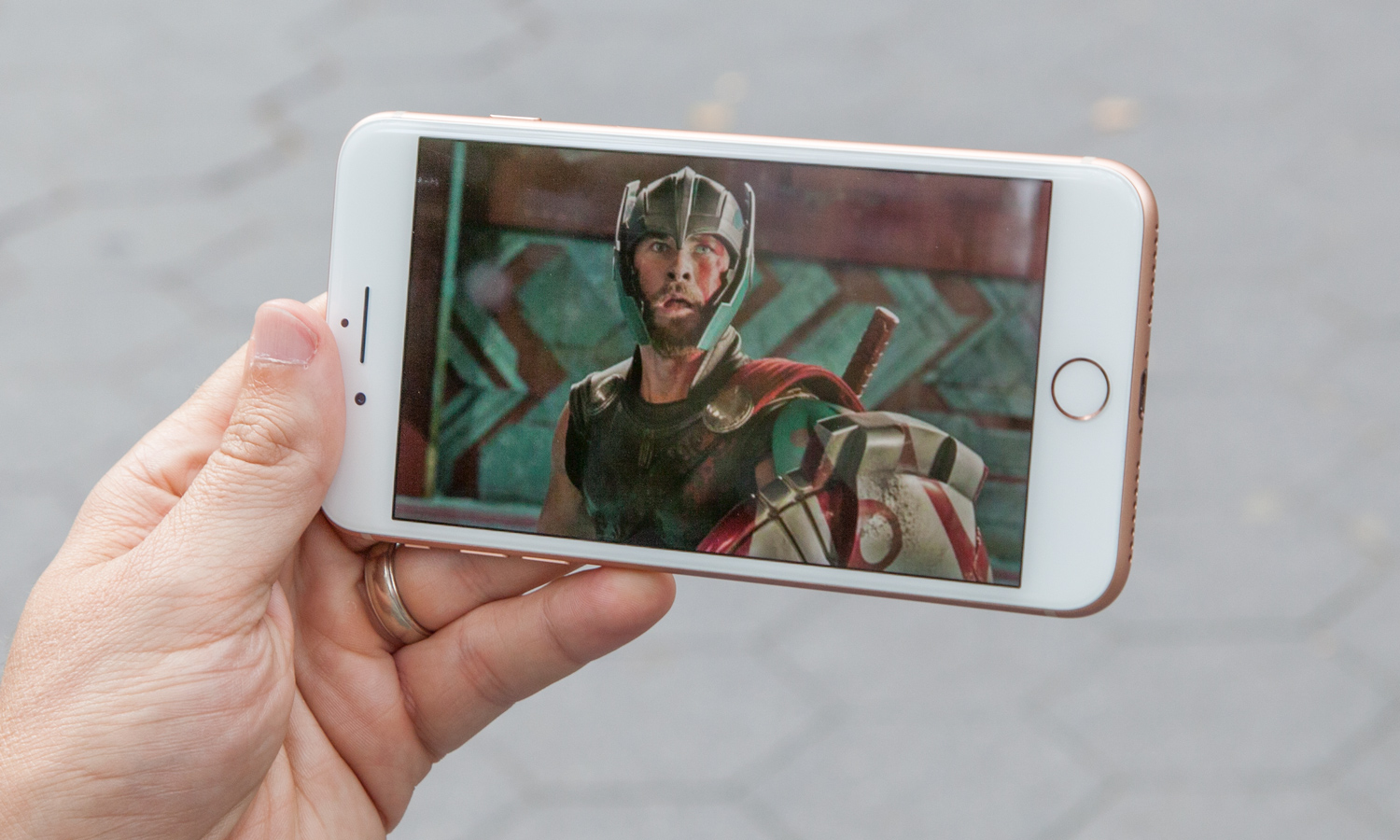
I went with the 8 Plus because it's, presumably, the final and finished version of this design. Current rumors suggest that all 2018 iPhones will adopt the X's look, which means Apple has maximized what it can do within the old parameters and the 8 is the best version of that phone.
MORE: iPhone X vs iPhone 8 vs iPhone 7: Which One's Right For You?
Colleagues tell me that the less expensive SE, 6s and 7 phones don't suffer from any iOS slowdown blues, but I'd rather get the 8, because it's got the same A11 Bionic processor and 3GB of RAM found in the X. Comparably, the iPhone X is Apple's first finished draft of that model, and so I've got no need to rush into that.
One last question: Where would I buy?
I almost bought my iPhone 8 through AT&T when I saw a buy-one-get-one (BOGO) iPhone 8 deal, because my mom had been talking about wanting a new phone too. (She's holding onto a 5C that she uses for calls, texts, email and Instagram.) So the opportunity felt perfect.
Then I discovered a deal-breaking asterisk: You need to get a new line, which introduces a monthly access fee of $20 per month, for 30 months. That adds up to $600, not that far from the $799 in account credits AT&T gives to those taking this BOGO deal.
By this point, though, after having realized that my 6 Plus was too slow to be relied upon seriously, and having raised my own hopes of getting a new phone, I wasn't going to spend one more day with this older, slower phone. So I went with the best alternate option on the table: the Apple Upgrade Program.
With 12 monthly payments of $47.75 (a total of $549), I'd pay a fraction of the retail price of the $949 256GB iPhone 8 Plus I wanted, and in a year's time, I'd be ready for the phone I've always guessed I'll want.
MORE: Best iPhone X Alternatives
The 2018 iPhone X will benefit from a year in which developers can optimize apps for the new interface. There's also a rumor that the next iPhones will ship with 4x4 MIMO (multiple input, multiple output), a technology for insanely faster cellular downloads. If all that pans out, I'll be able to upgrade then under Apple's program.
At my local Apple store, the process went seamlessly. Apple even paid me $175 for my aging 6 Plus, more than enough to cover the sales tax on the new phone (which you pay for up front when going on the upgrade program). As I was saying goodbye to my once-reliable handset, I decided to take a photo of it using the portrait mode in the 8 Plus. Soon after, I clicked Erase All, and it was done.
Worth it
My first "whoa" moment with the iPhone 8 Plus came when a friend texted me, and I blinked excessively watching the drop-down menu open seamlessly — you know, like that GIF.
Anyone with an iPhone 6s or later may not know what I'm talking about, but I used to experience a pause of a few moments if I tried to respond via the expanding window that shows up when you click on an appearing notification.
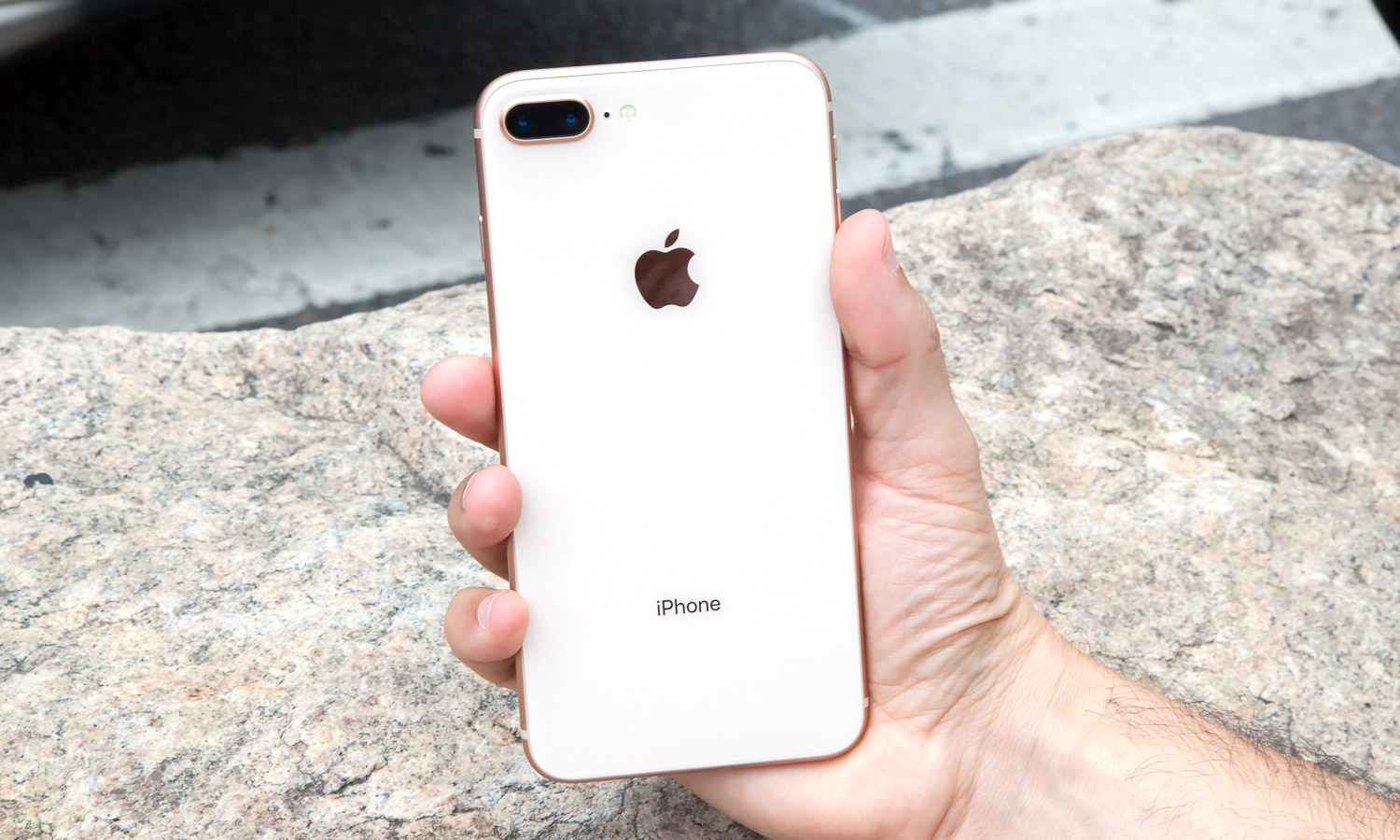
The hits kept coming as I realized my upgrade had been long overdue. As I installed apps and customized the Notification Center, I saw that widgets loaded faster than on my old phone. The cameras operate at a pace speedier than my brain is ready to perceive, and the swipe right from the home screen to open said lenses doesn't come with a hiccup.
Deleting apps is now a smooth process that doesn't involve a 5-second delay while the system waits like it's pulling a trash bag out of a bin and carrying it to the door.
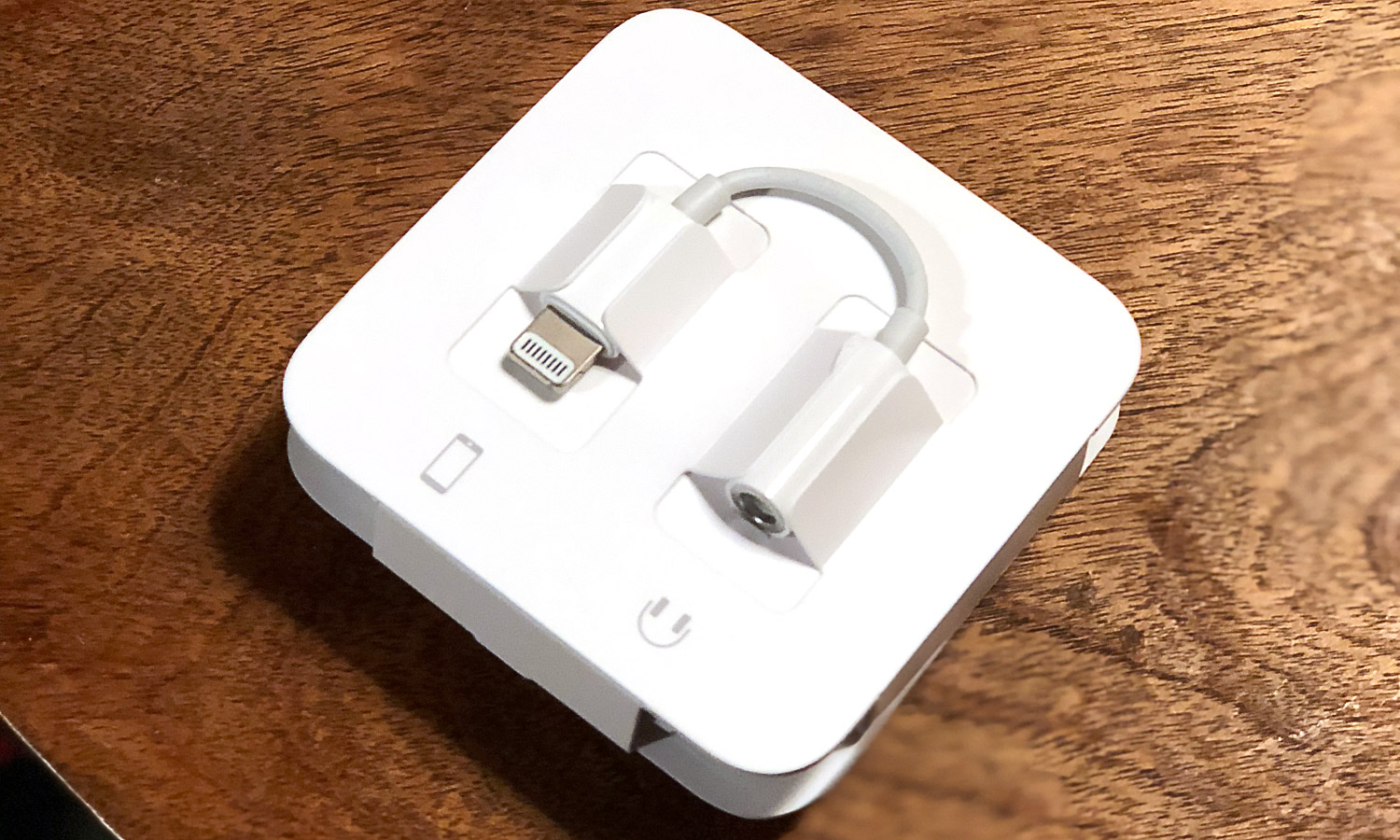
Thanks to the 8 Plus' lack of a headphone jack, I am now a part of the #DongleLife crowd, which I don't like. And the switch to a nonmoving Home button is weird, while 3D Touch is going to take a little bit of time to learn. But I'll deal with all of this, because this phone just, you know, works.
Credit: Tom's Guide

Henry was a managing editor at Tom’s Guide covering streaming media, laptops and all things Apple, reviewing devices and services for the past seven years. Prior to joining Tom's Guide, he reviewed software and hardware for TechRadar Pro, and interviewed artists for Patek Philippe International Magazine. He's also covered the wild world of professional wrestling for Cageside Seats, interviewing athletes and other industry veterans.

